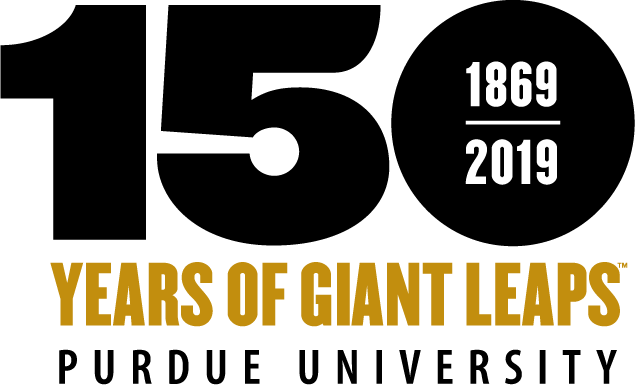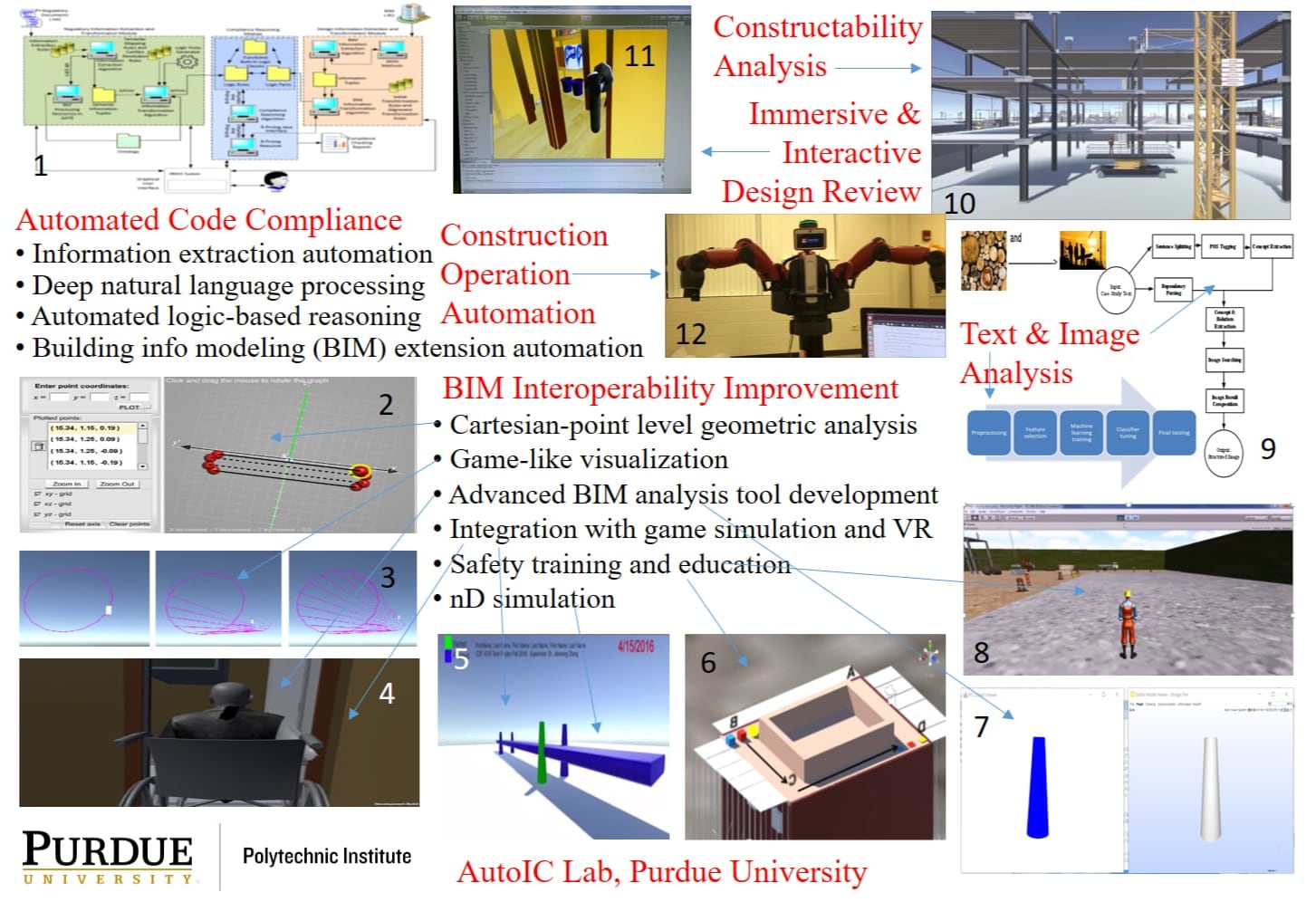 Planning cities of the future requires generating and managing massive amounts of data. A research team led by Purdue Polytechnic’s Jiansong Zhang created a new method to help experts in the architecture, engineering and construction (AEC) industry simplify their work.
Planning cities of the future requires generating and managing massive amounts of data. A research team led by Purdue Polytechnic’s Jiansong Zhang created a new method to help experts in the architecture, engineering and construction (AEC) industry simplify their work.
Zhang and his team use building information modeling (BIM) software to capture all the data points and information to develop plans at all stages of construction, from planning to maintenance to demolition. To simplify the BIM software for use in creating future city layouts, Zhang’s team created a new method for better understanding and using industry foundation classes (IFC).
“It normally requires a large amount of effort when manually interpreting IFC data due to its large number of entities and the complex connections between one entity and another,” said Zhang, assistant professor of construction management technology and director of the Automation and Intelligent Construction Lab. “Our technology helps BIM software developers create IFC-based solutions for any task in the life cycle of an AEC project.”
 Basing full software development on IFC data is possible with the research team’s new technology.
Basing full software development on IFC data is possible with the research team’s new technology.
“We created a visualization algorithm and implemented it based on the new method we developed,” said Zhang. “The new method can help eliminate missing or inconsistent information during software development.”
See the full Purdue Research Foundation article.

Additional information:
- AI, robots, data software helping create new approach for planning cities of the future (Purdue Research Foundation)
- Construction management grad researcher aims to improve synergy within building information modeling
- Emerging technology could improve construction safety, lower costs
- Automation and Intelligent Construction (AutoIC) Lab
